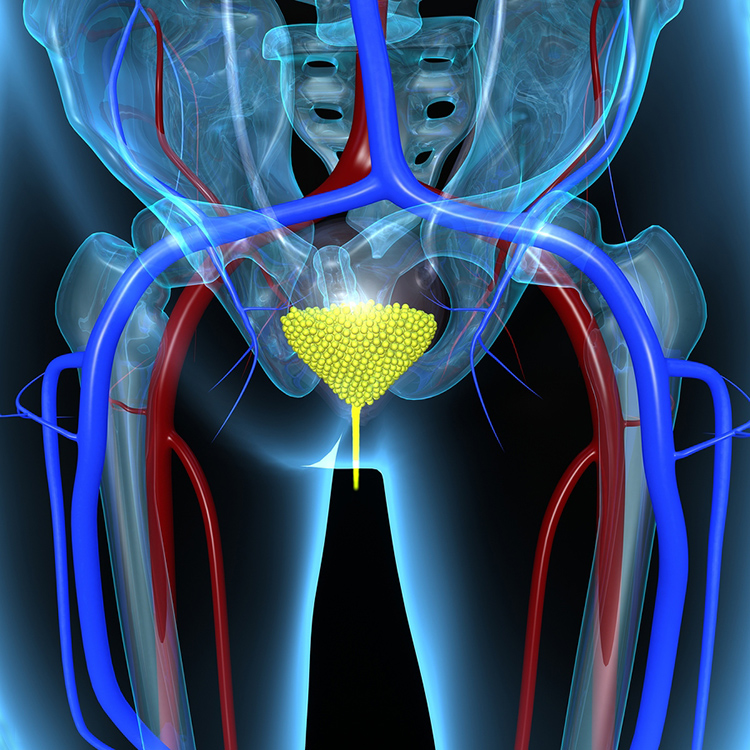
What is Urinary Incontinence?
Urinary Incontinence is a common condition that can affect 1 in 4 women in their lifetime. Urinary Incontinence is the involuntary loss of urine. It affects quality of life and women have to wear pads and limit activity due to the discomfort. Patients avoid physical activities, sexual activities and even social events due to the fear of Urinary Incontinence.
Unfortunately, many women consider Urinary Incontinence a normal part of life. It is often considered a normal part of pregnancy and giving birth. Seeking help is the first step. Fortunately, there are a number of treatments available that are minimally invasive or non-invasive that can effectively treat the problem.
What are the types of urinary incontinence?
Involuntary urinary leakage happens for a number of reasons. For example, it can occur with physical activity, coughing or heavy lifting. This is called, Stress Urinary Incontinence. Urgency Urinary Incontinence is also involuntary and is associated with a strong urge to urinate that is hard to ignore. These are the most common types of Urinary Incontinence in women. Other causes of Urinary Incontinence may be hysterectomy, TVT Sling or Mesh for treatment of prolapse genitourinary fistula. Other causes of urinary incontinence include genitourinary fistula, neurogenic bladder, urethral diverticulum, urine overflow.
What are treatment options for Urinary Incontinence?
Stress Urinary Incontinence:
Many times, the first step for treatment is pelvic floor physical therapy and Kegel exercises. By strengthening the pelvic muscle, you are more resistant to urine leakage. Other treatments such as transurethral injections, Burch or slings show overall high rates of success.
Urgency Urinary Incontinence:
This is mostly associated with Overactive Bladder and can be managed with diet modifications, physical therapy or medication. If standard treatments don’t work, a Bladder Botox injection or sacral neuromodulation therapy can be considered. These also have a high rate of success. In any case, consult your physician to accurately diagnose your condition.
For a Spanish language overview of bladder or bowel incontinence, and treatment options, please watch Dr. Diaz host the webinar in this video:
Para obtener una descripción general en español de la incontinencia vesical o intestinal y las opciones de tratamiento, vea al Dr. Díaz presentar el seminario web en este video:
About Stress Urinary Incontinence

